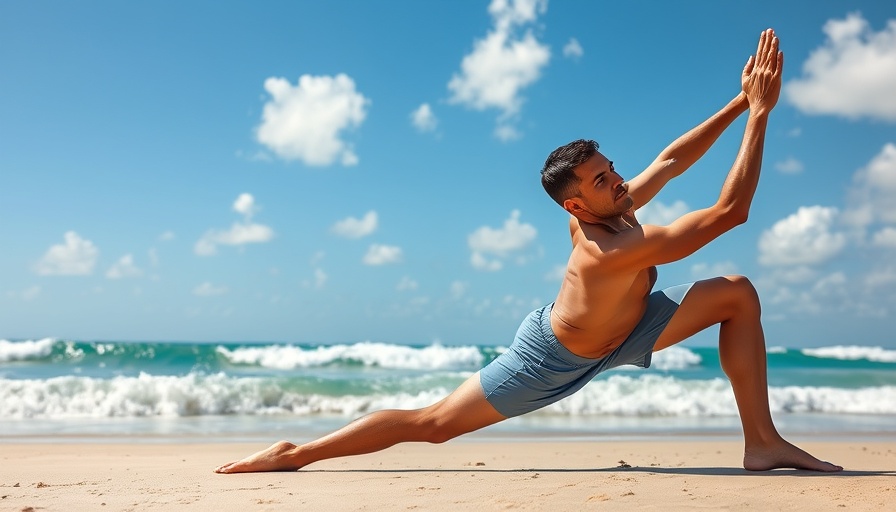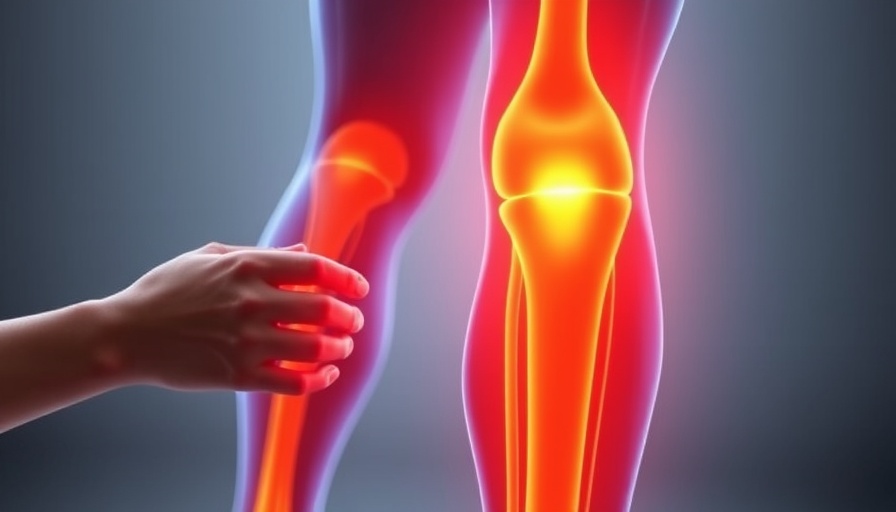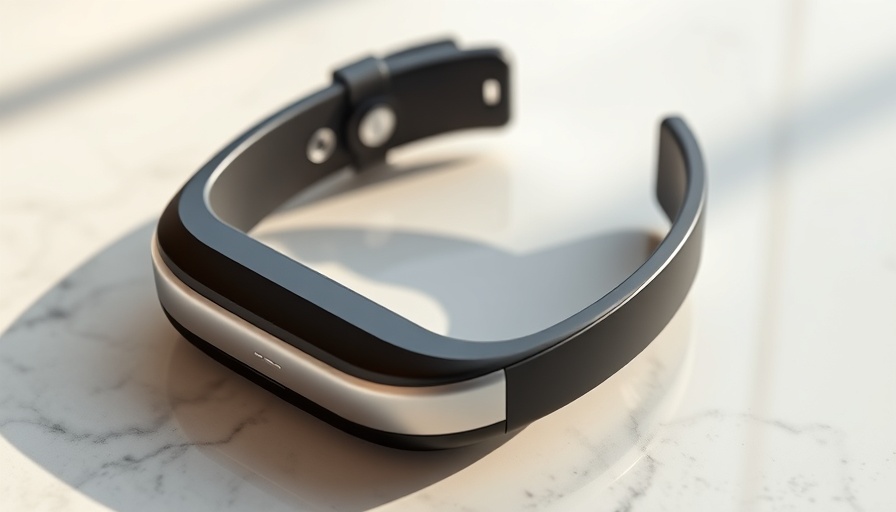
Yoga vs. Strengthening Exercises: A New Insight into Knee Osteoarthritis Relief
Osteoarthritis (OA) affects millions globally, causing knee pain and functional difficulties. Recent research has revealed that both yoga and strengthening exercises can effectively reduce pain and improve function in patients suffering from knee OA. However, the exciting finding is that neither method is superior but can complement each other in pain management strategies.
Understanding the Study on Effective Treatments
The recent comparative study published in JAMA Network Open analyzed the effectiveness of yoga against traditional strengthening exercises among 117 participants from Southern Tasmania. These individuals had reported knee pain with a visual analog scale score of 40 or higher, marking significant discomfort. Over 12 weeks, the study found that participants engaging in either yoga or strengthening exercises experienced similar improvements in pain management and overall quality of life.
The Mechanisms Behind Pain Relief
While the two forms of exercise utilize different approaches—yoga incorporates breathing techniques and mindfulness practices, while strengthening exercises focus on building muscle around the knee joint—the end results were akin in terms of pain reduction. Strength training works by alleviating mechanical stress through muscle strengthening, improving joint function. On the other hand, yoga enhances flexibility, reduces stress, and promotes relaxation, which contributes to pain management.
Integrating Yoga into Clinical Practices
Based on the findings, researchers advocate for broader adoption of yoga in clinical settings, offering patients either modality or combining both exercises. The integration could enrich patients' pain relief experiences significantly. This suggests a critical shift in how healthcare providers approach OA treatment strategies by recognizing yoga's role alongside conventional therapies.
Addressing the Skepticism Surrounding Yoga’s Efficacy
Despite the positive findings, many clinical guidelines still hesitate to broadly recommend yoga due to traditionally fewer high-quality studies. Researchers highlight the need for more robust evidence to support its efficacy, suggesting that enhanced study designs with larger sample sizes and standardized criteria could provide more reliable data.
Emotional and Social Aspects of Managing Osteoarthritis
The implications of effective pain management extend beyond physical health. For those suffering from knee OA, improved pain management through either method supports better emotional well-being and quality of life. The community aspect of yoga can foster social connections, offering participants not just physical relief but a supportive environment for mental health and emotional resilience.
Your Path Forward: Yoga and Strengthening Exercises
For individuals grappling with knee osteoarthritis, understanding that both yoga and strengthening exercises can yield significant benefits opens new avenues for personal health strategies. Patients are encouraged to consider trying both forms of wellness practices to find what works best for them individually.
A Call to Action
As research continues to evolve, it is vital for both patients and healthcare providers to stay informed on effective treatments for osteoarthritis. Explore local yoga studios or physical therapy options that include strength training programs to enhance your journey towards managing knee pain effectively.
 Add Row
Add Row  Add
Add 




Write A Comment